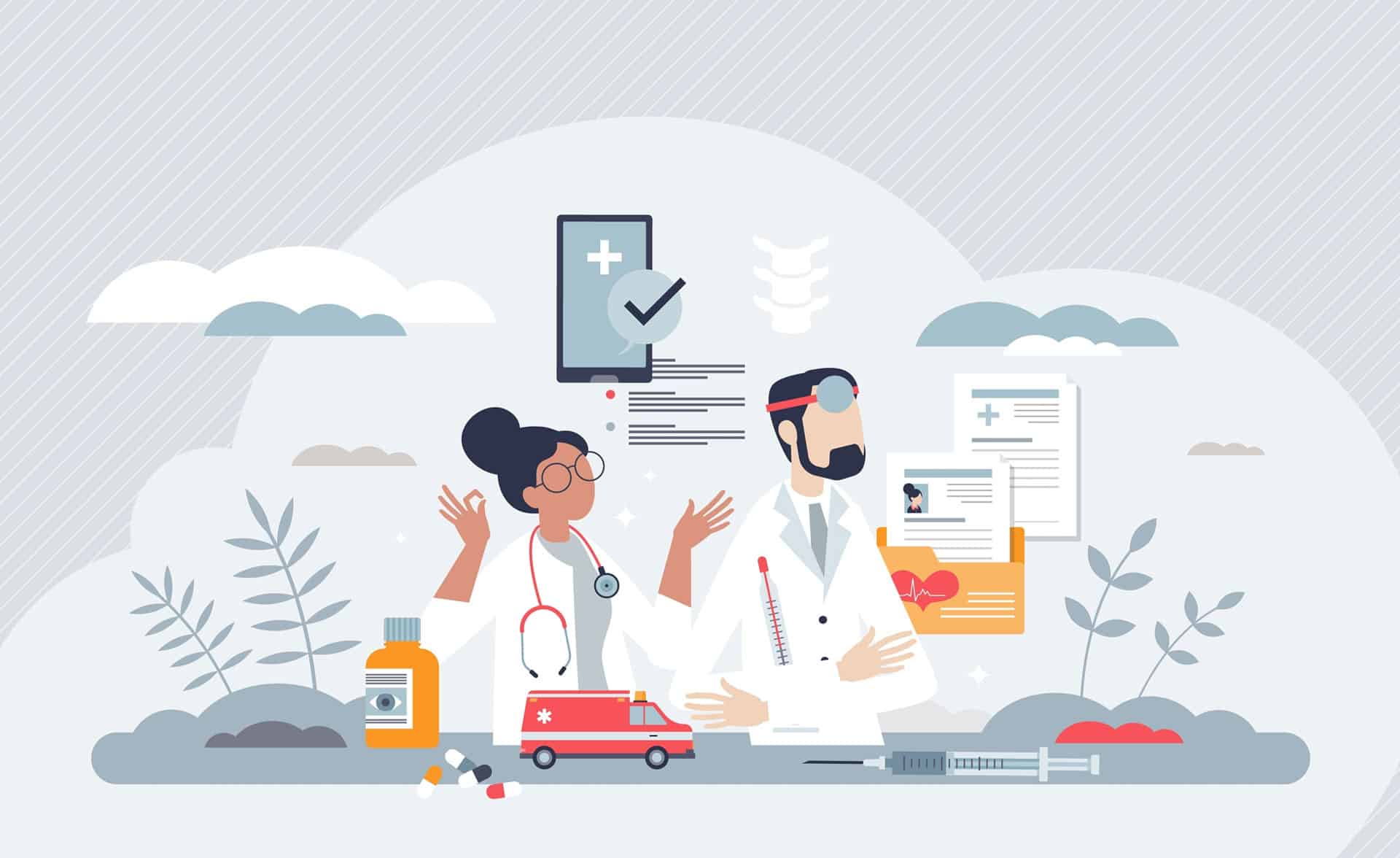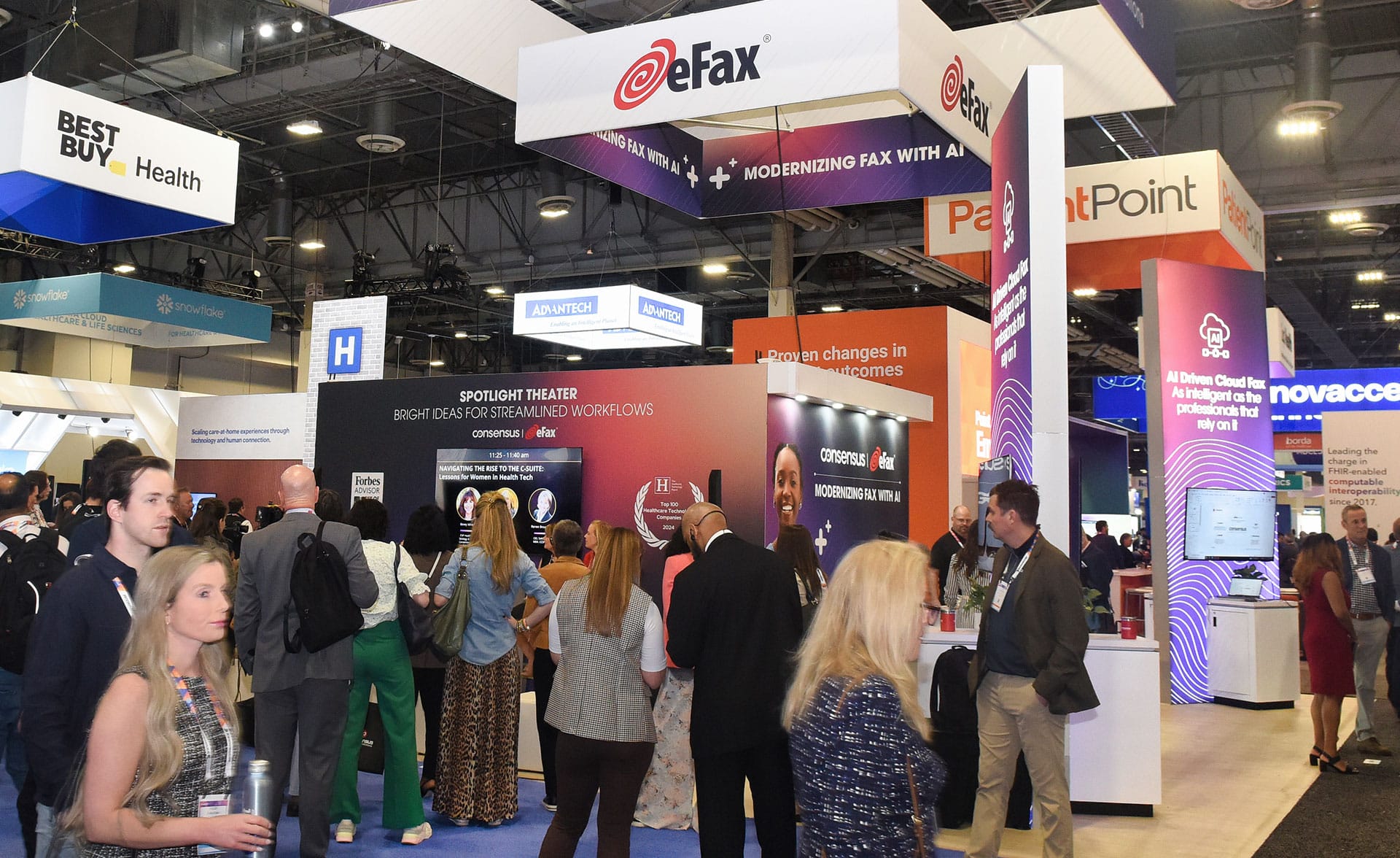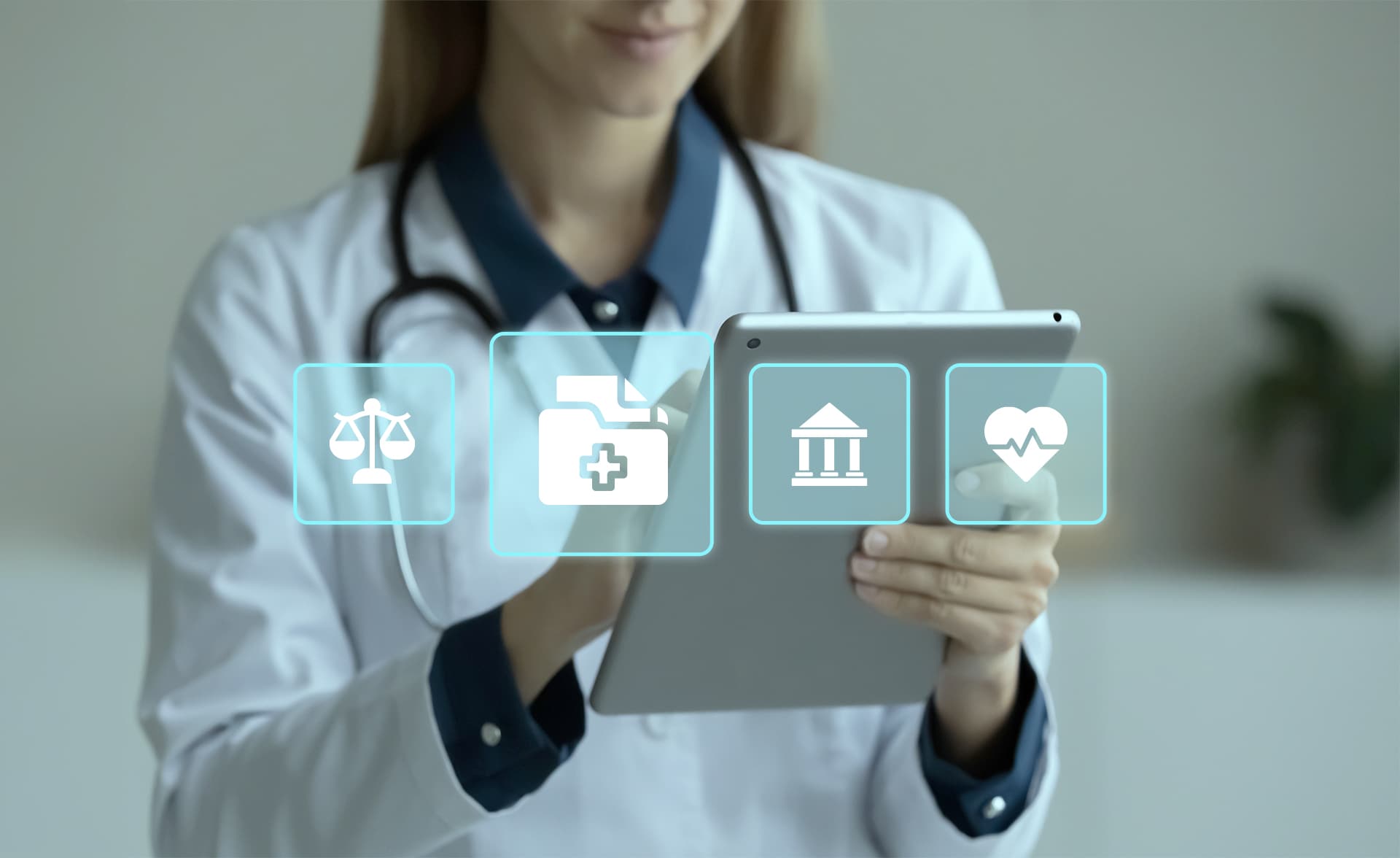
I feel fortunate to have had an opportunity over the last 20 years to witness the ever-evolving landscape that shapes the American Healthcare system. With all our complexities and highly regulated environment, it is hard to keep up with the changes that structure how all the stakeholders collaborate to deliver the best health outcomes for our patients.
This blog series, Bevey Talks #HealthIT, will feature several different topics from proposed policy to final rules. It will explore the voices that evangelize for change for the silent population that sometimes requires the most support, especially in our vulnerable communities. This year is sure to be full of exciting changes like the role of generative AI, advances in interoperability, and a stronger framework for social determinants of health (SDOH). I will be offering you content covering a number of these and other topics.
Before we dive into topics for future issues, it may be interesting to feature a recent interview I had that dives into some of my background. Here is a recap of the interview.
1. How would you describe your specific job to someone who doesn’t work in healthcare?
I actually get asked this question quite a bit, and it is always an interesting conversation because the average healthcare consumer is simply not versed in the behind-the-scenes complexities of data sharing in the industry. Patients generally don’t consider the impacts of regulations and rules that secure and protect their data, or the administrative challenges associated with getting it in digital format accurately. That’s a big part of my role at Consensus Cloud Solutions.
Foundationally, our work ensures you as patients, and your doctors, have the most accurate, up-to-date health information at any given moment to help treat you better. I specifically help shape the company’s healthcare strategy, which represents the largest share of Consensus business due to the proliferation of paper that still exists in the industry. I help identify pain points in America’s healthcare systems related to sharing patient data across all of those people who provide you medical treatment. I assist in the development of a product road map to help solve existing problems with data fragmentation. And because healthcare data is highly regulated, it is critical that Consensus understands how government policy impacts our company so we can advocate for better decision-making, especially given the massive regulatory changes underway this year and next. I lead the charge in staying on top of legislative movements that can impact the interests of all our patients no matter where you seek care.
2. What’s the best change you’ve made or seen at a place you’ve worked?
In the mid-2000s, I worked for Allscripts, and the national push for moving patient records to EHRs was gaining momentum. This was pre-Meaningful Use (the federal incentives to purchase an EHR), so there was little desire from healthcare providers to make the shift. Yet, there was also tremendous urgency due to industry outcry over the proliferation of paper-based errors in healthcare and the belief that digital records would improve care delivery.
At that time, Allscripts offered a stand-alone electronic prescribing solution, but physicians were not standing in line to invest in the solution, even though they stood to save significant time, minimize the potential for errors, and improve patient outcomes by getting rid of their prescription pads. When I joined the company, the CEO at that time made a bold move and decided to give the solution away, relying on an economic model driven by health plan interest. When physicians still didn’t want it, I put on my policy hat and suggested that we incentivize the physicians to make the move. It truly became my passion, notably because of personal experience: My father almost died from duplicate therapy drugs when his provider had no visibility into medication history within a paper system. I worked with the Centers for Medicare & Medicaid Services as well as the Justice Department to introduce incentives that would give physicians 2% additional Medicare reimbursement if they used electronic prescribing 50% of the time. Over time, the incentives moved to both revenue enhancements and penalties. This initiative resulted in significant adoption of electronic prescribing.
3. What’s the biggest misconception people might have about your job?
People often assume that I am an engineer or technology geek when they find out I work in healthcare IT. They think I understand the ins and outs of software development and implementation when in truth, I would be terrible in that role. There are people gifted with a technical mind, and I truly appreciate and rely on them to bring to life the innovation we desire to achieve. On the policy side of the house, I’m often viewed as a lobbyist, when in truth, it’s much more about advocacy.
4. What’s the most fulfilling aspect of your job?
It’s easy to feel disconnected from the front lines of healthcare when you work for a technology company, but for me, it’s always been about the impact on the patient. I was drawn to this industry because I wanted to help fix a broken system after watching my dad struggle and almost die due to an avoidable mistake related to fragmented data between providers.
I’m proud of the fact that four years into my role, I’ve helped Consensus launch four new products that not only positioned the company well for our public offering but are also improving the way patient information is aggregated and consumed. I found a gap in our products that was filled with a strategic acquisition that really accelerated the value proposition of our product roadmap through better data sharing and interoperability that allows our solutions to speak any data sharing standard language. And it’s changing clinician workflows and decision-making for the better.
On the policy side of my role, I was able to identify health equity problems with legislation that was up for public comment. As a result, Consensus was able to advocate for health equity in terms of tech equity. Without the right technology in place for data sharing for every provider at an affordable price, there would be a sizeable gap in care quality between the health tech “haves and have nots.”
5. What healthcare trend are you most optimistic about? Why?
I am optimistic about recent advancements with AI and interoperability that deliver immediate ROI for healthcare organizations and faster clinical care. By supporting intelligent data extraction—including from handwritten notes sent by fax and other unstructured data —clinicians have immediate access to critical data at the point of care that would otherwise need to be manually entered. It’s a powerful move forward since 80% of healthcare data is “unstructured.” These solutions go a long way toward helping healthcare organizations and physicians improve care delivery, enhance workflow and comply with legislative initiatives that they feel have been piled on in recent years.
6. What healthcare trend are you least optimistic about? Why?
Rulemaking. I’m not optimistic about the fact that nationally we are pushing through a lot of rules, possibly too fast. Physicians are already leaving the industry in droves due to burnout and administrative burden, and I worry that too many new rules add to the complexities of healthcare and have unintended consequences. It’s confusing to CIOs as well. I recently moderated a focus group with a number of CIOs from hospital systems ranging in size from large integrated delivery networks to small community hospitals. Many were not even aware of the timelines associated with recent rules, and the unintended consequences are that some of those care settings that treat our most vulnerable populations just don’t have the resources to invest in technology that can support legislative requirements.
7. Tell us one new or old health tech product or platform that’s made your life easier,
Patient portals may still be a work in progress, but gaining digital access to my healthcare data in recent years was a game changer. Specifically, Epic has done a great job with this through MyChart. I can go to my record and see all the physicians I interact with who are using Epic, and sending messages inside is so much better than calling an office. Looking ahead, I believe the healthcare industry will reach that pie in the sky goal of having an app that brings together all of my healthcare data into one longitudinal record, where disparate systems communicate in meaningful, transparent ways.































